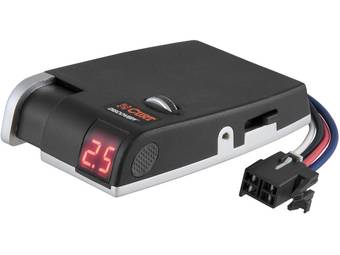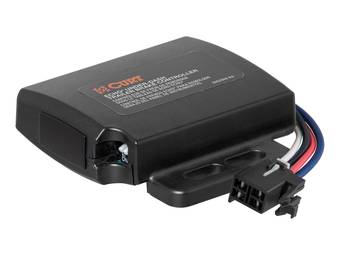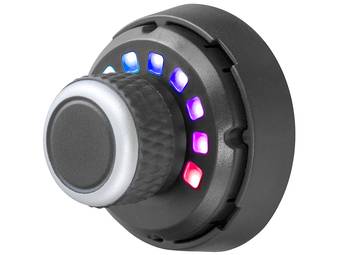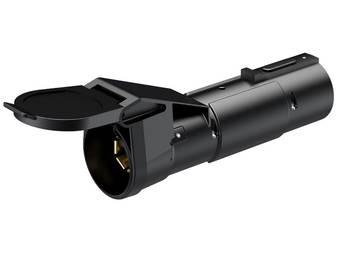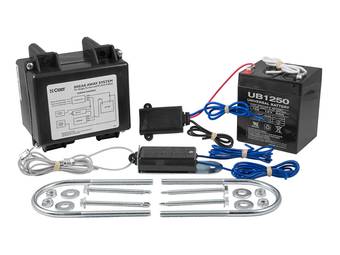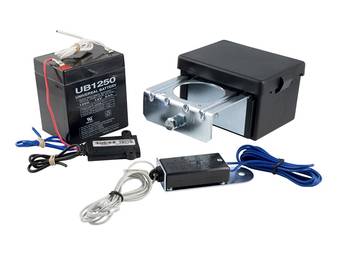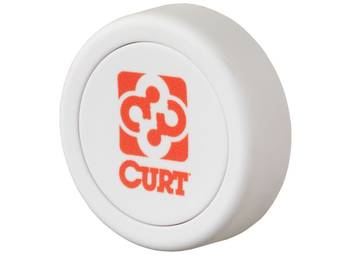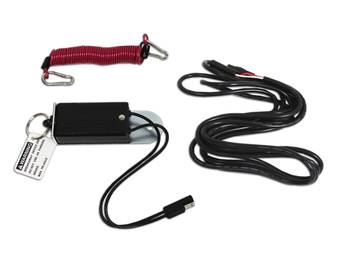Free Shipping on Orders Over $100
Subaru Ascent Brake Controllers
Brake Controllers
If you routinely tow heavy loads, outfitting your truck with a trailer brake controller is necessary. Brake controllers integrate with your vehicle's factory braking system. When a driver applies the brake, the controller sends a signal to a trailer's pneumatic or electric brakes, signaling them to engage simultaneously.
Brake controllers help manage a trailer's braking power and enhance safety and control while towing. They're also legally required depending on the trailer's weight, though this threshold varies by state. For instance, California requires functional trailer brakes on any trailer over 1,500 lbs. Alternatively, Massachusetts doesn't require trailer brakes until the load exceeds 10,000 lbs. Though these numbers vary significantly, most states land between 3,000 and 5,000 lbs.
How Does A Trailer Brake Controller Work
Trailer brake controllers integrate into your vehicle's factory brake system. Most modern vehicles, especially pickup trucks, ship from the factory with a pre-wired plug routed to the rear trailer connector. After wiring in the applicable vehicle-specific wiring pigtail, trailer brake controllers offer a simple plug-and-play installation.
Once installed, brake controllers detect when the vehicle's brakes are applied and signal for the trailer's brakes to engage, enabling synchronized braking between the truck and trailer for smooth, safe stops.
Benefits of Using a Brake Controller
Trailer brake controllers offer several advantages, the most notable of which is improved safety. Other benefits include improved handling, precise control, reduced trailer sway, and less wear and tear on your truck's braking system.
Types of Brake Controllers
Brake controllers come in several shapes and sizes, offering different levels of functionality. Below are some of the most popular styles.
Time-Delayed Brake Controllers
Time-delayed brake controllers allow operators to precisely tune the rate at which the trailer's brakes engage compared to the tow vehicles. These controllers are ideal for those who frequently tow varying weight loads, as they allow fine-tuning by weight, trailer size, and cargo type.
RealTruck Expert Pick: Curt Trailer Brake Controller
Why we love it:
There are three models to choose from
Reliable construction to ensure years of use
Compatible with anti-lock brakes & cruise control
Easy installation
Limited lifetime warranty
Proportional Brake Controllers (Inertia-Based)
Proportional brake controllers, also called interia-based, are another popular style. These controllers sense changes in a vehicle's momentum via an integrated accelerometer and automatically determine how much power to send to the trailer's brakes.
RealTruck Expert Pick: Curt Spectrum Brake Control
Why we love it:
Controls brake setting with a simple push of a button
Clean OEM look
Designed to work with up to four axles
Automatic leveling and calibration
Compatible with ABS and cruise control
Limited lifetime warranty
Triple Axis
Lastly, triple-axis brake controllers automatically determine braking performance via all three axes of three-dimensional space. This, coupled with a built-in accelerometer, allows supremely accurate braking performance and proportional operation even on unlevel surfaces.
RealTruck Expert Pick: Curt Assure Brake Controller
Why we love it:
Low-profile design with tactile buttons and oversized OLED display
Triple-axis, motion-sensing accelerometer for smooth stops and dynamic power adjustments
Automatic leveling and calibration eliminate setup requirements
Compatible with low-voltage systems, PWM systems, ABS, and cruise control
Limited lifetime warranty
How To Install A Brake Controller
Installing a brake controller may seem daunting, though it's quite straightforward in most applications. Most vehicles come pre-wired for a brake controller. With the proper wiring pigtail acquired and affixed to the controller, installation is as easy as plugging in the controller's harness, mounting the controller in a suitable position, and following the manufacturer's configuration instructions.
